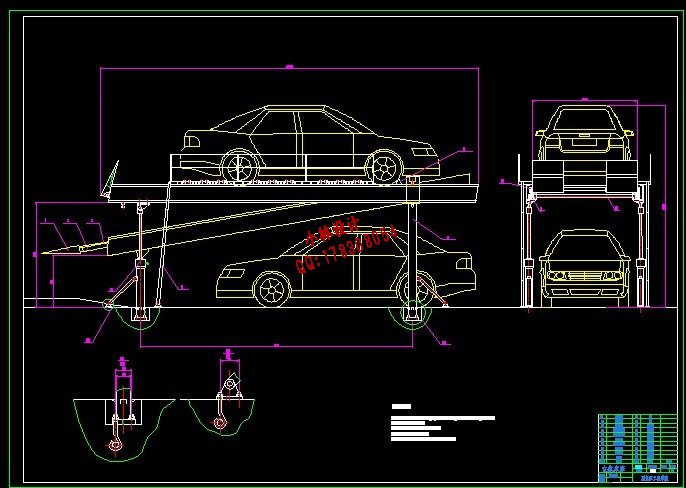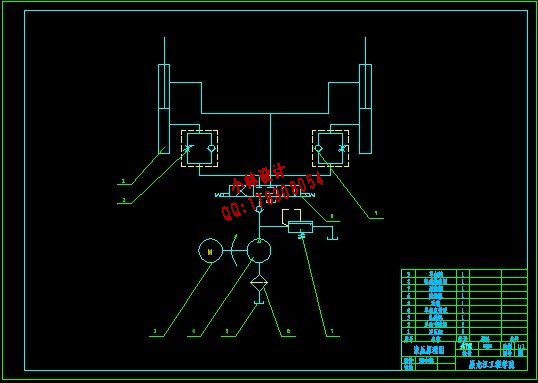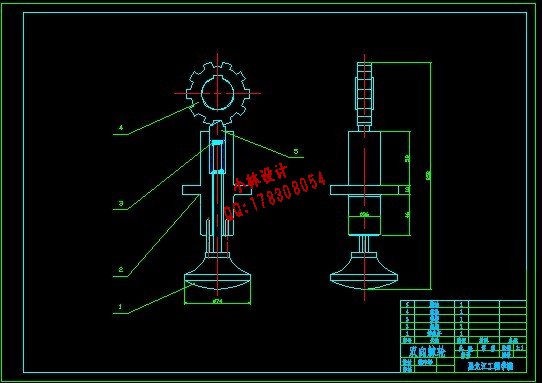 |
 |
|


|
设计名称 |
小型立体车库设计 |
 |
|
设计编号 |
B198 | |
|
设计软件 |
AutoCAD, Word | |
|
包含内容 |
见右侧图片 | |
|
说明字数 |
19000字 | |
|
图纸数量 |
见右侧图片 | |
|
推荐指数 |
较高 | |
|
价格: |
价格优惠中 | |
|
整理日期 |
2013.9.26 | |
|
整理人 |
小林 | |
|
购买流程 |
<查看如何购买本站设计> |
|
设计简介 |
设计描述:
文档包括: CAD版本图纸,共7张
在我国汽车保有量越来越大、停车问题越来越严重的情况下,开发适合我国国情的立体车库,是解决停车问题的有效途径。车辆无处停放的问题是城市的社会、经济、交通发展到一定程度产生的结果,我国也于90年代初开始研究开发机械立体停车设备,距今已有近二十年的历程。由于很多新建小区内住户与车位的配比为1:1,为了解决停车位占地面积与住户商用面积的矛盾,立体停车设备以其平均单车占地面积小的独特特性,已被广大用户接受。
ABSTRACT
In our country, as the automobile amount increasing ceaselessly, the parking problem becomes more and more serious. An effective method to solve the parking problem is to develop the stereoscopic garage which adapts to the current situation of our country.
|
|
部分图纸 截图 |
      |
|
说明: |
如需了解本设计的具体详细信息请联系本站客服,说明看哪个设计(编号)哪个详细部分,我们将远程或截图给您观看. 机械毕业设计|论文 |

| [要求PR≥2,百度收录≥1000页;联系QQ:178308054] |
Powered by 小林机械资料商城 © 2013-2020 All Rights Reserved. 客服QQ:178308054
喜欢www.xiaolinbysj.com,请告诉你QQ上的5位好友,多谢您的支持! 皖ICP备2021006205号-1
